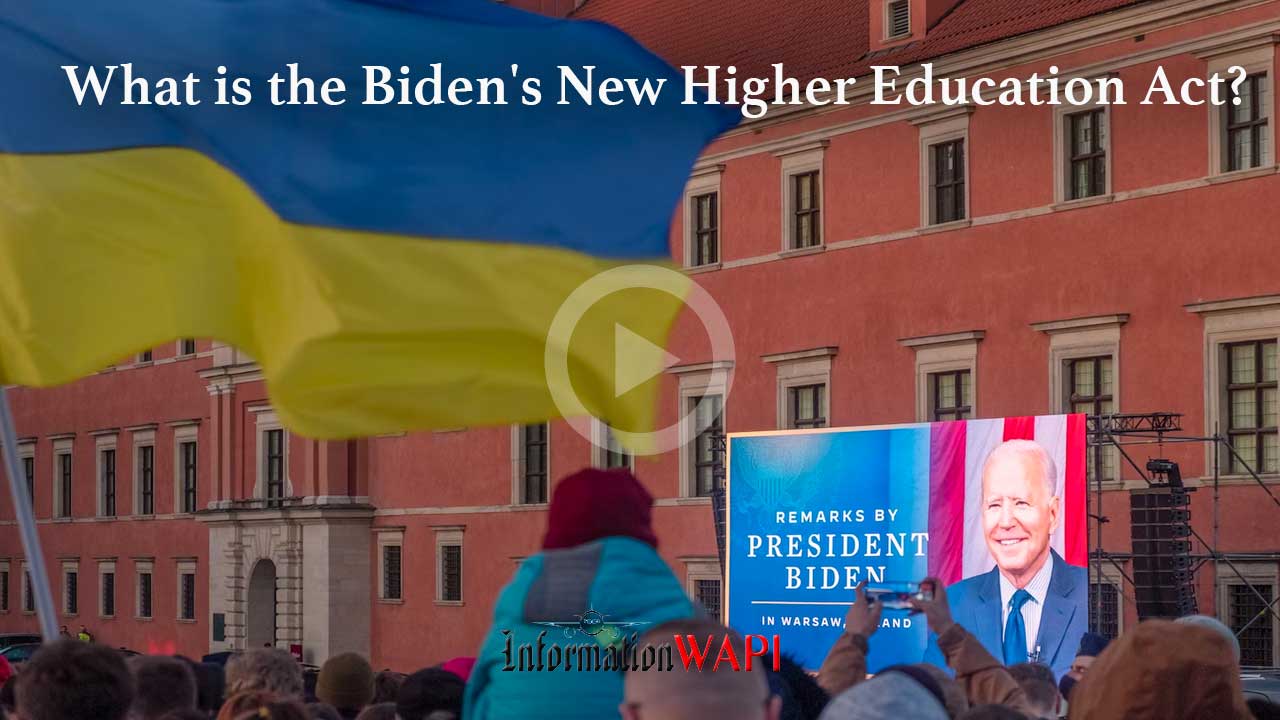On Friday, the Supreme Court invalidated President Biden’s plan to provide student debt relief via the New Higher Education Act 2023, which aimed to forgive a minimum of $10,000 in federal student loans for eligible borrowers earning less than $125,000 annually. The Court determined that the debt cancellation was not authorized by the 2003 HEROES Act, the basis relied upon by the Biden administration to implement the program. This decision effectively blocked the administration’s efforts to eliminate $430 billion in student loan debt.
In response to the Court’s ruling, President Biden promptly announced that he had instructed Education Secretary Miguel Cardona to initiate a process under the Higher Education Act to explore options for compromising, waiving, or releasing loans “under certain circumstances” for the approximately 40 million eligible Americans burdened with student loan debt.
While acknowledging the closure of one avenue, President Biden reassured the public of his unwavering commitment to their cause. He emphasized that he would continue the fight and employ all available means to provide the necessary student debt relief to help individuals pursue their dreams.
What is the new Higher Education Act 2023?
The Higher Education Act (HEA) is a federal law in the United States that governs various aspects of higher education institutions and student financial aid programs. It was first enacted in 1965 as part of President Lyndon B. Johnson’s Great Society initiatives and has since undergone several reauthorizations.
Also Read: https://informationwapi.com/commonly-asked-top-50-questions-to-prepare-for-your-f1-visa-interview/
The Higher Education Act aims to expand access to postsecondary education and provide financial assistance to students who wish to pursue higher education. It covers a wide range of provisions related to federal student aid, institutional funding, accreditation, and student rights and protections.
Some key provisions of the Higher Education Act include:
- Title IV Federal Student Aid Programs: The HEA authorizes various federal student aid programs, including grants (such as the Pell Grant), work-study programs, and loans (such as Direct Loans). These programs provide financial assistance to eligible students to help cover the costs of tuition, fees, books, and living expenses.
- Accreditation: The HEA establishes a framework for accrediting agencies that evaluate the quality and standards of higher education institutions. Accreditation is important for institutions to participate in federal student aid programs.
- Institutional Funding: The HEA includes provisions for federal funding to colleges and universities, such as grants for institutional development, research programs, and minority-serving institutions.
- Student Rights and Protections: The HEA includes provisions to protect students’ rights, including safeguards against discrimination, requirements for transparency in college costs and outcomes, and rules for handling student complaints and grievances.
- Teacher Education and Training: The HEA includes provisions to support teacher education programs, including grants for improving teacher quality, training, and recruitment.
- Loan Repayment and Forgiveness: The HEA includes provisions related to student loan repayment options, loan forgiveness programs for certain professions (such as public service), and income-driven repayment plans.
Higher Education Act 2023 lead to debt forgiveness
The Higher Education Act is periodically reauthorized by Congress, usually, every five to six years, to reflect the changing needs of students and institutions. The most recent reauthorization occurred in 2008, and efforts to reauthorize the HEA have been ongoing in recent years to address current issues in higher education.
The Higher Education Act itself does not explicitly provide for debt forgiveness. However, it does authorize various federal student loan programs and repayment options that can potentially lead to loan forgiveness under certain circumstances. These forgiveness provisions are typically implemented through separate legislation or administrative actions.
Here are some examples of loan forgiveness programs that are connected to the Higher Education Act:
- Public Service Loan Forgiveness (PSLF): This program, established under the College Cost Reduction and Access Act in 2007, provides loan forgiveness to borrowers who make 120 qualifying payments while working full-time for a qualifying employer, such as a government or nonprofit organization.
- Teacher Loan Forgiveness: The HEA includes provisions for loan forgiveness for teachers who work in low-income schools or educational service agencies. Eligible teachers can receive forgiveness of up to $17,500 on their Direct Subsidized and Unsubsidized Loans or Subsidized and Unsubsidized Federal Stafford Loans.
- Income-Driven Repayment (IDR) Plans: The Higher Education Act authorizes income-driven repayment plans, such as Income-Based Repayment (IBR), Pay As You Earn (PAYE), and Revised Pay As You Earn (REPAYE). These plans cap loan payments based on the borrower’s income and family size. Any remaining loan balance after a certain number of qualifying payments (typically 20 or 25 years) can be forgiven.
It’s important to note that loan forgiveness programs have specific eligibility requirements and limitations. They may apply to certain types of loans, employment sectors, or specific circumstances. Additionally, loan forgiveness programs can be subject to changes in legislation or administrative policies, so it’s important to stay informed about the latest updates and requirements.
Debt forgiveness on a broader scale, such as widespread cancellation of student loan debt, would require separate legislation or executive action beyond the scope of the Higher Education Act. Proposals for widespread student loan forgiveness have been debated in recent years, but their implementation would require specific legislative or executive actions outside the provisions of the New Higher Education Act loan forgiveness.








